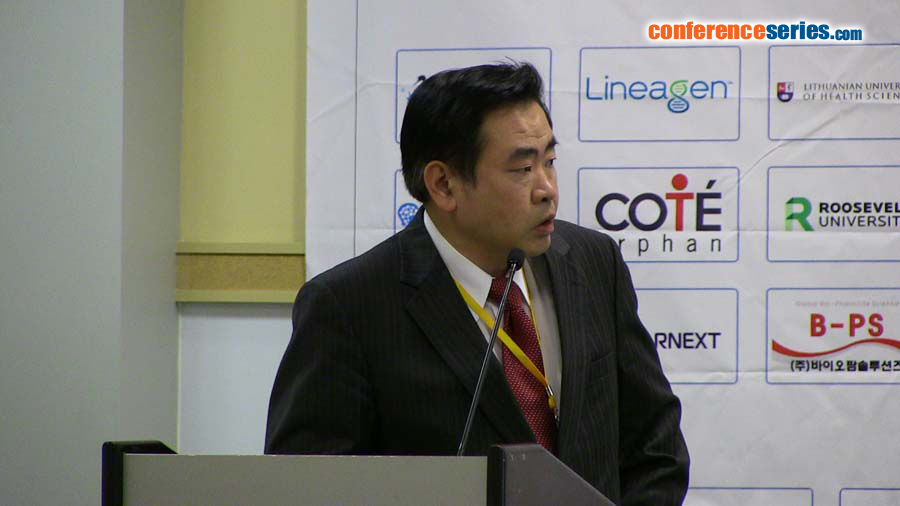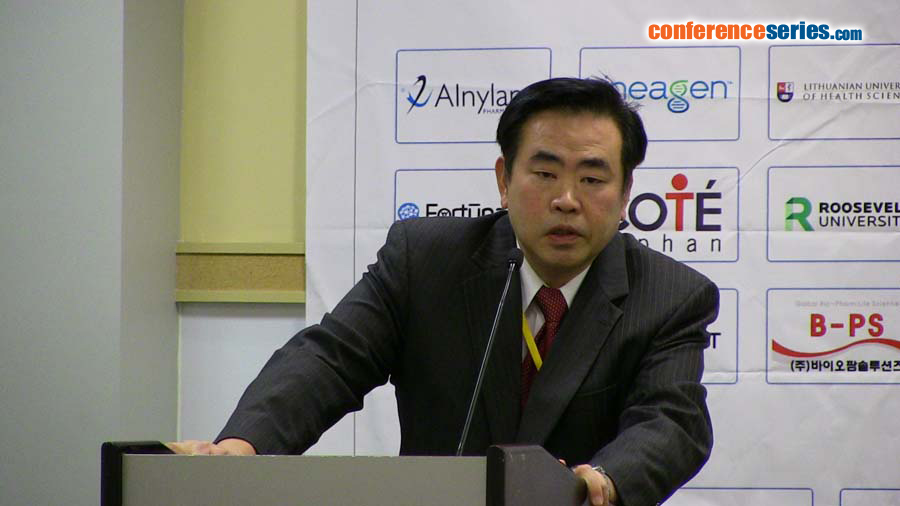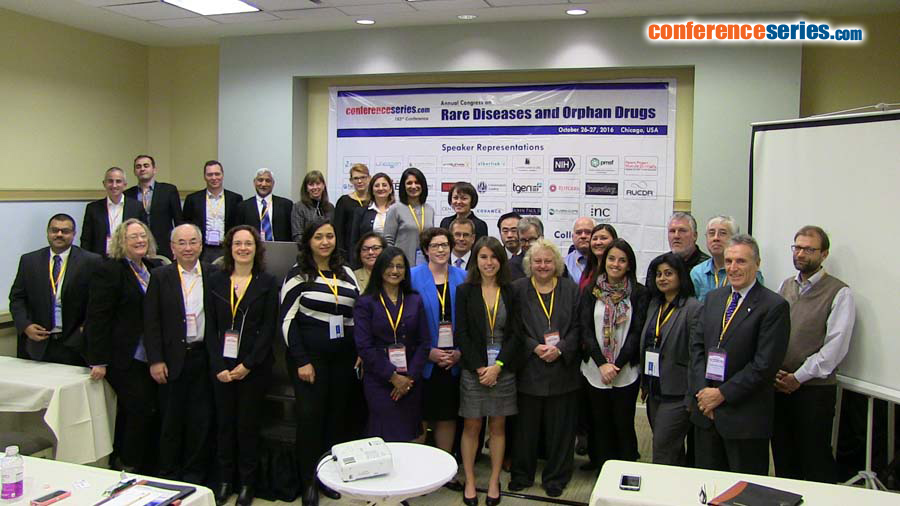
Thomas C Chen
Keck School of Medicine of USC, USA
Title: Neo212: a new drug for temozolomide resistant malignant gliomas
Biography
Biography: Thomas C Chen
Abstract
Although the alkylating agent temozolomide (TMZ) has become the standard of care in the treatment of malignant gliomas, its overall efficacy is still limited by development of drug resistance, limited blood brain barrier (BBB) penetrance and myelotoxicity. Recently, we have synthesized a TMZ analog by covalently linking the monoterpene perillyl alcohol (POH) to TMZ via a carbamate bond. This new compound (NEO212) has been tested in TMZ resistant malignant gliomas. U251 and U87 TMZ resistant gliomas were tested and implanted intracranially for in vivo model. NEO212 was administered subcutaneously using 10 day treatment, 7 day rest cycles; no significant toxicity on normal astrocytes and brain endothelial cells were detected. NEO212 revealed considerably greater therapeutic efficacy than TMZ, where a single cycle of treatment (10 days) extended median survival benefit from 6 days (in the case of TMZ) to 24 days with good tolerance. Pharmacokinetic analysis demonstrated that NEO212 has at least three times the brain concentration compared to TMZ when both agents are administered subcutaneously. Formal toxicity studies conducted at Charles Rivers (Montreal, Canada) demonstrated that it can be safely tolerated in both acute and chronic administration studies (up to 250 mg/kg). Long term toxicity appears to be myelotoxicity. NEO212 appears to be a promising well tolerated new agent with similar mechanism of cytotoxicity to TMZ. Its increased potency is most likely multi-factorial increased DNA damage, involving a broader scope of DNA repair mechanisms, linkage with POH, resulting in longer biological half-life and stability, increased lipophilicity, allowing for better penetration of the BBB and possibly cell membrane. This talk will emphasize the bench to bedside development in taking this drug to IND status.




